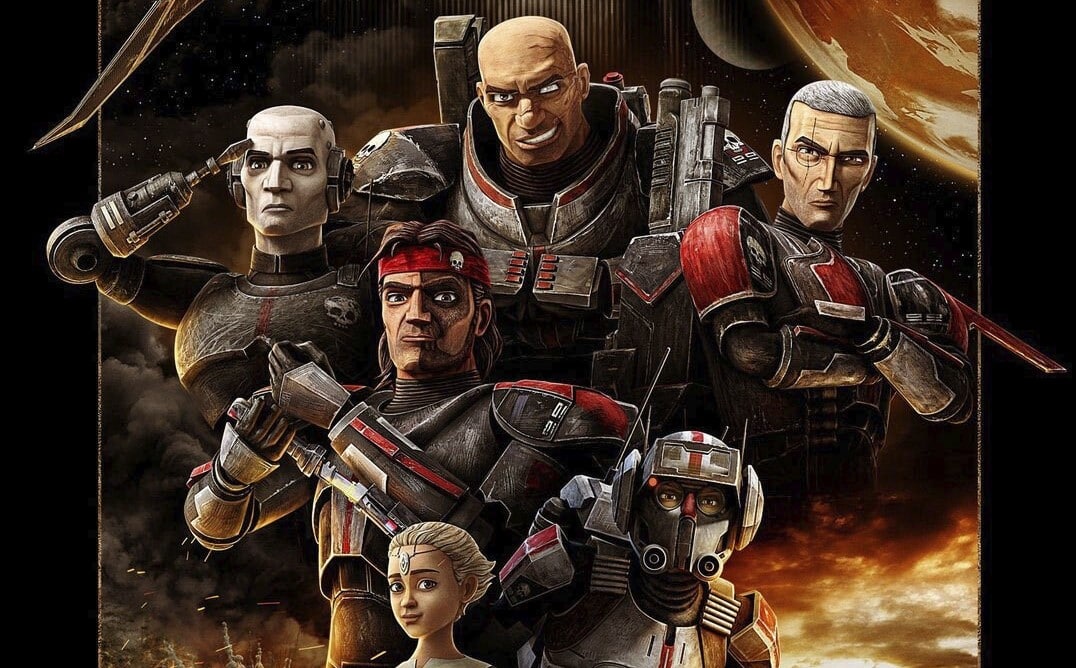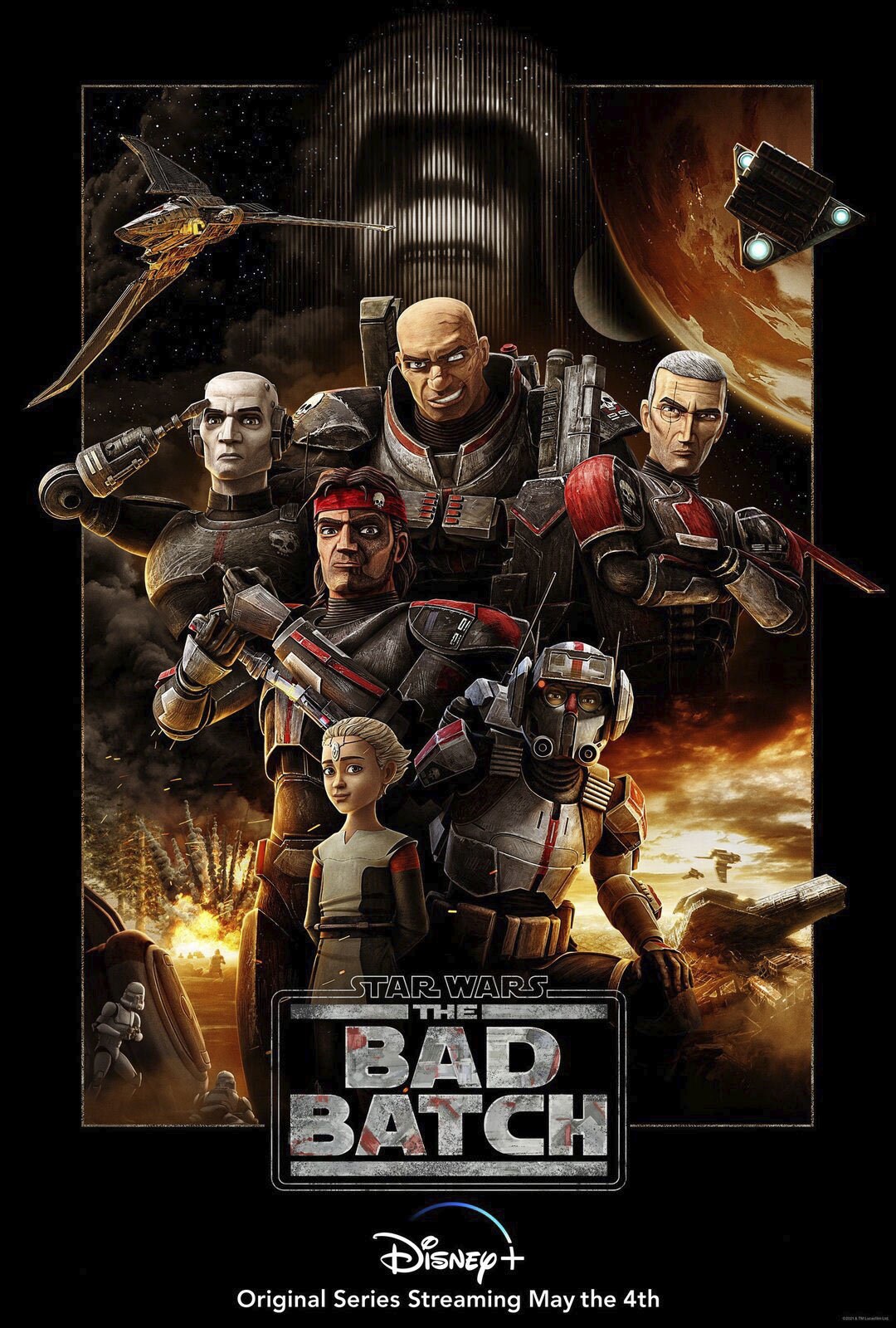 If there’s one thing that can mar a great story, it’s dialogue that doesn’t sound authentic to the characters.
If there’s one thing that can mar a great story, it’s dialogue that doesn’t sound authentic to the characters.
During the Save the Cat! Screenplay Challenge, one note that often stands out from our readers is that the dialogue could use improvement. This is often because many of the characters sound the same or use generic words.
One actionable step we recommend is to apply the “Dialogue Test” championed by Blake Snyder in Save the Cat!
Essentially, it boils down to a simple task: take a page of your script and remove the character names. Then, read it out loud. If you can’t tell who is talking, simply by the way they speak, then the dialogue needs revision. Of course, that task is easier said than done, but when dialogue is written well and with distinction, the characters truly become unique and memorable.
One television series that accomplishes this is Star Wars: The Bad Batch, an animated show that takes place at the end of the Clone Wars in Star Wars. As the show was announced to have been renewed for their third and final season, it’s clear that the writers (headed by Dave Filoni and Jennifer Corbett) know what they’re doing.
That, and veteran voice actor Dee Bradley Baker lends his vocal talents to all of the clone characters in the show (check out his live script read). It’s not only Baker’s verbal virtuosity that sets the heroes apart as believable individuals. The distinctive dialogue reflects their attitudes and approaches toward life and the ensuing conflict.
Hunter, the leader of the group, feels a great deal of responsibility for ensuring that he makes the right decisions as he takes the squad into precarious situations. When he is not giving orders, he is often questioning things, sorting through possibilities out loud. His dialogue often reflects his ongoing care for Omega, the child clone the group rescues and adopts.
Tech is the most intelligent one in the squad, the go-to when things go wrong. He often gives long explanations accompanied by technical jargon. Though his dialogue sounds clipped, he usually does not speak using contractions.
If Tech is the brains, Wrecker is the brawn. He brings his massive strength to the group, as well as a childish enthusiasm one might expect when it comes to action or fighting. He usually speaks in shorter bursts of dialogue with groans accompanying his words.
Echo is blunt and to the point, stating the obvious without apology. His heart is in the right place, though; he’s driven by a sense of doing what is right and a desire to help others.
Crosshair demonstrates loyalty to the Empire, insisting that the team has one job: to follow orders. He’s a man of few words, but when he does speak, it’s often filled with vitriol.
Omega is a child clone that the Batch rescues. She’s inquisitive, asking a lot of questions as she tries to understand things. In many ways, she’s the voice of the audience as we learn about the transition from the Republic to the Empire, from using clones to conscripted stormtroopers. She also brings a sense of hope, encouragement, and awe.
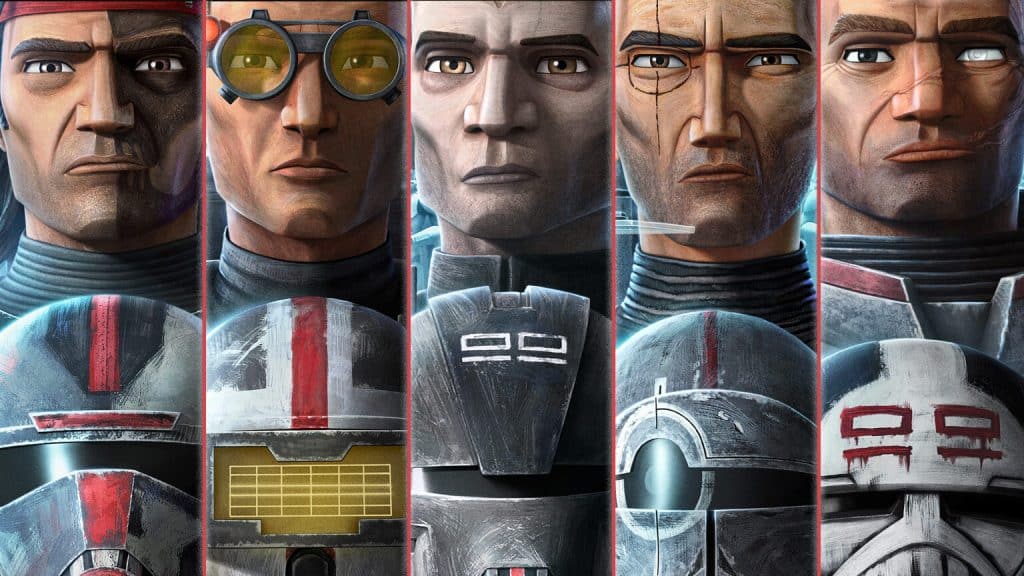
Here is a sample from the third episode of the first season in which the heroes face the fact that their brother Crosshair left them:
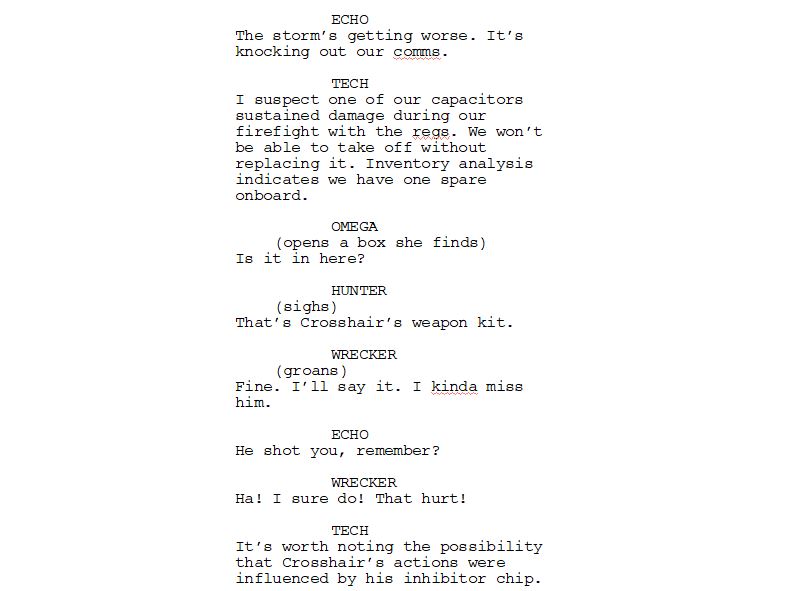
In that short sample, we get a glimpse of who these characters are and a bit of what they stand for. Tech speaks with over-explained jargon, while Echo gets right to the point. We see a contrast with Wrecker’s lack of eloquence yet childlike hope for Crosshair. Of course, Dee Bradley Baker’s performance amplifies the emotion, but the characters’ dialogue can stand on its own.
This is also seen in short exchanges as the heroes banter back and forth. In Season 1 Episode 8, the Batch finds itself in a graveyard of derelict starships, pursued by the enemy. As they make their escape through a ship’s offline engine, we can hear the straightforwardness of Echo, the verboseness of Tech, the simplicity of Wrecker, and the awe of Omega. See if you can tell which character is speaking without the names:
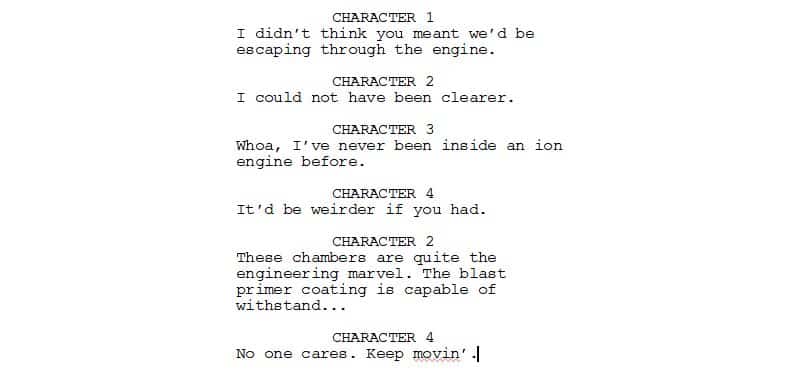 The first character is Echo, straight and to the point. The second is Tech, who speaks without contractions and lots of technical vocabulary. Omega is the third, showing a sense of wonder amid the danger. Fourth is Wrecker, who has a sense of humor and doesn’t really care how things work, as long as the team escapes.
The first character is Echo, straight and to the point. The second is Tech, who speaks without contractions and lots of technical vocabulary. Omega is the third, showing a sense of wonder amid the danger. Fourth is Wrecker, who has a sense of humor and doesn’t really care how things work, as long as the team escapes.
Although the show is animated, it is not marketed toward a younger demographic. Sure, there’s plenty of action and pew! pew! pew!, but the characters often grapple with significant issues that unfold in our world today. At any given time, they might be discussing the meaning of freedom as the Empire begins forcing citizens to adopt a new identification protocol, or watching as the Galactic Senate debates about whether representation should be given to clone veterans who were formerly government property.
Other times, they sort through personal issues, such as in Season 1 Episode16, when the characters find themselves trapped in a destroyed building with little hope of survival. Joined by their former comrade Crosshair, they argue about what they should do.
With all cards laid on the table, the conflict between Hunter and Crosshair bubbles to the surface as each emphasizes their thoughts. Meanwhile, Omega brings hope in the midst of the turmoil.
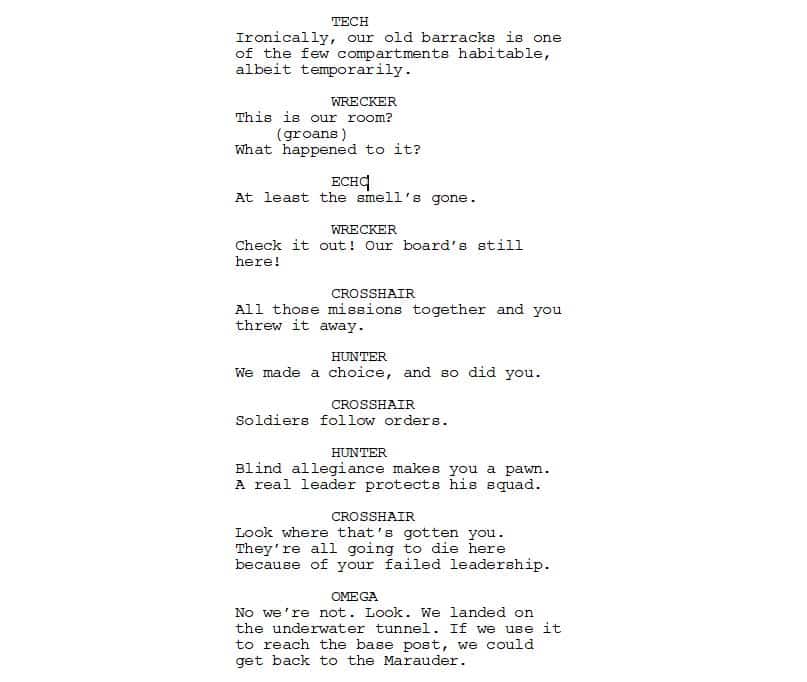

Of course, these are only the core characters, and the series is full of more examples. For instance, there’s Cid, the Trandoshan bar owner who runs a side hustle and recruits the squad for missions. Voiced by Rhea Perlman, Cid is sarcastic, flippant, and likes to show that she’s in charge. She never calls the characters by their actual names, but by nicknames she gives them, such as “Goggles” (Tech), “Bandana” (Hunter), “Tiny” (Omega), and “Muscles” (Wrecker).
Writing good dialogue isn’t easy, but it’s necessary to make the characters come to life. As you write your screenplay, be sure to put it through the Dialogue Test, making sure that each line reveals a distinct character.
When you do, your story is sure to stand out… in this galaxy, or in one far, far away.


